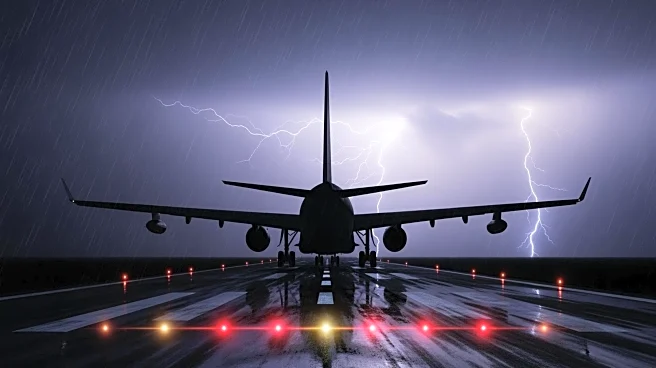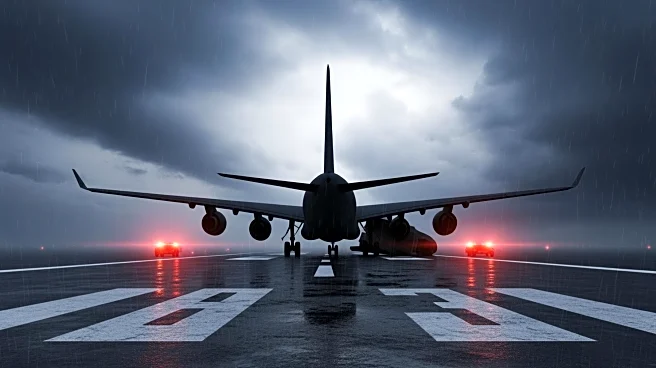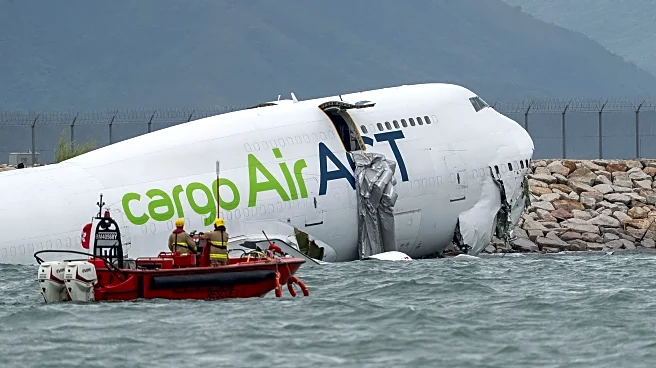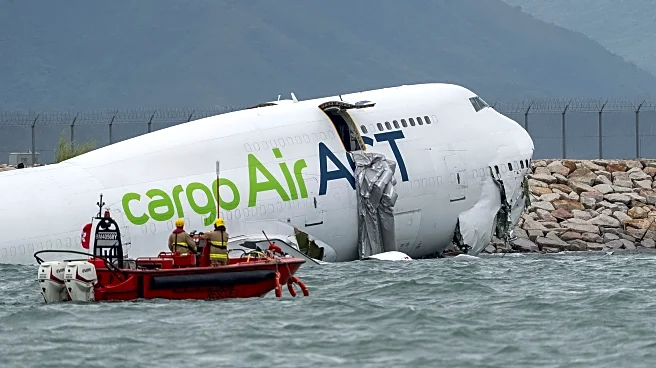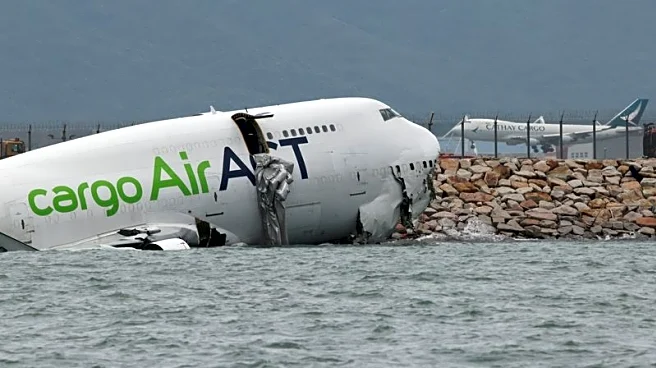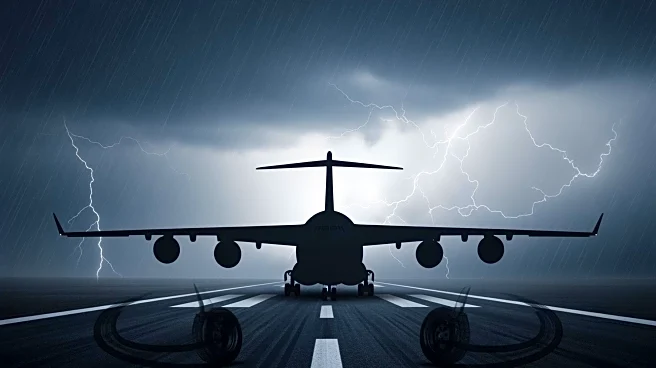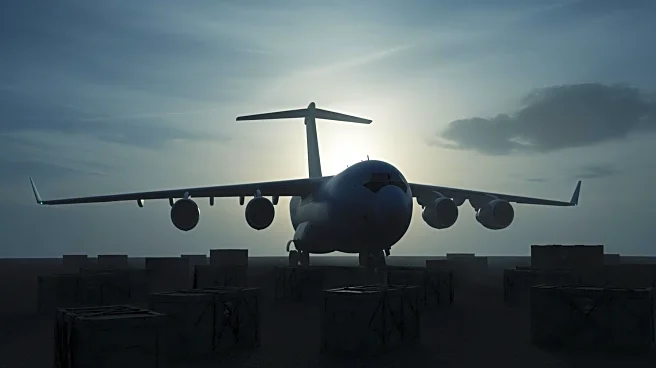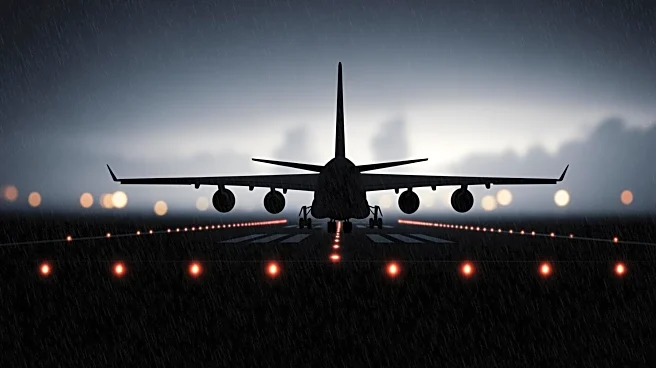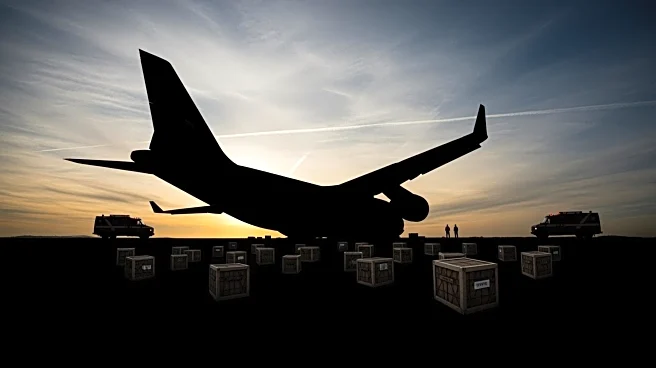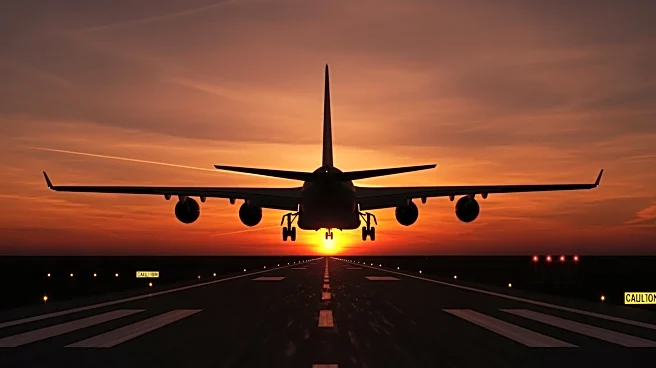What's Happening?
A cargo aircraft operated by Turkey-based ACT Airlines skidded off the runway at Hong Kong International Airport and into the sea, resulting in the deaths of two individuals. The incident occurred early
Monday morning as the Boeing 747, leased from Emirates, was landing after a flight from Dubai. The aircraft was partially submerged near the airport's seawall, with its front half and cockpit visible above water, while the tail appeared to have broken off. The crash took place on the north runway, which has been closed following the accident, although the airport's other two runways remain operational. Hong Kong's Civil Aviation Department is investigating the incident in collaboration with the airlines involved.
Why It's Important?
The accident highlights the risks associated with air cargo operations, particularly in busy international airports like Hong Kong. The closure of one of the airport's runways could impact flight schedules and logistics, affecting both passenger and cargo operations. This incident may prompt a review of safety protocols and leasing arrangements, especially concerning wet leases where the leasing company provides the crew and maintenance. The event underscores the importance of stringent safety measures in aviation, as well as the potential consequences of operational disruptions in major transport hubs.
What's Next?
Hong Kong's Civil Aviation Department is expected to conduct a thorough investigation into the crash, which may lead to changes in safety regulations or operational procedures for cargo flights. Emirates and ACT Airlines will likely face scrutiny regarding their leasing and operational practices. The airport authority may also review its emergency response protocols to better handle similar incidents in the future. Stakeholders in the aviation industry, including regulatory bodies and airlines, will be closely monitoring the investigation's outcomes.
Beyond the Headlines
The incident may raise questions about the safety and reliability of wet leasing arrangements in the aviation industry. It could lead to discussions on the balance between operational efficiency and safety, particularly in high-traffic airports. Additionally, the crash might influence future leasing agreements and insurance policies, as airlines reassess the risks associated with such arrangements.
